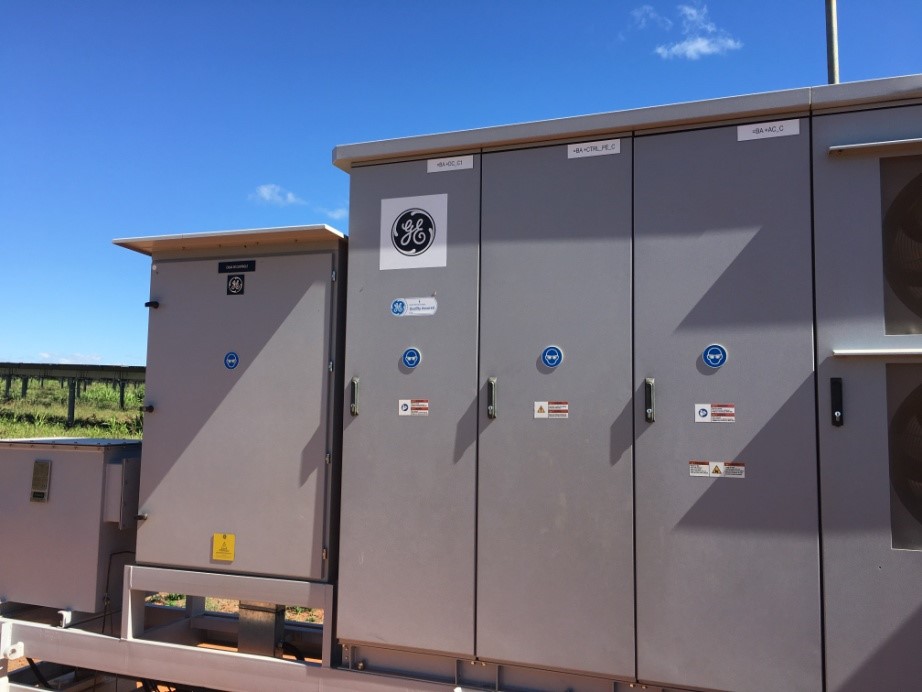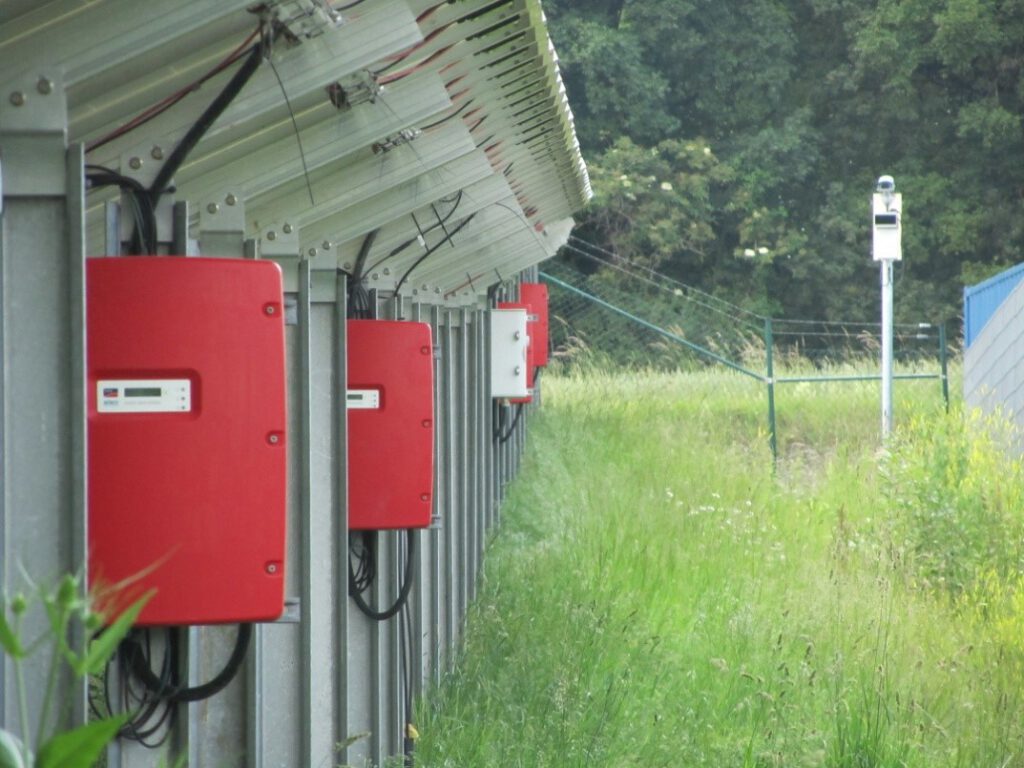Selecting Best Solar PV Technologies Today To Mitigate Production Losses Tomorrow
Selecting the most effective Solar PV System configuration for best long term financial results requires the optimum combination of PV Modules, Solar Inverters and Tracking Systems. With this insight, we will discuss some aspects to be considered in the selection and configuration of Solar Inverters of Utility Scale PV Systems.
Solar PV Modules are similar to batteries in that they produce energy on a DC (Direct Current) Mode; however, Energy Transmission and Distribution Systems normally operate on the AC (Alternating Current) Mode. Therefore, to facilitate connecting the Solar PV Systems to the Grid, inverters are needed to convert energy from DC into AC, which can be transported efficiently and be delivered, by the grid, to the end-users.
Inverters are electrical power equipment with multiple functions. Besides converting energy from DC into AC, Inverters contain advanced software that control the energy project of the PV System, ensuring optimal efficiency and monitoring performance and abnormalities. In extreme circumstances, the Inverter has the capacity to shut down the System, should its integrity or safety become a concern.
The performance of the inverters is a key driver of any Solar PV System’s long-term profitability and, statistics show that they are the component that most often fails.
Modern Utility-Scale PV Systems typically use Inverters with maximum DC Voltage input level of 1500 Volts per string but are also characterized by their maximum AC Power.
Main functions of Inverters
1) MPP Tracking
Solar PV Modules produce DC Power which is the product of voltage and current. Strings of PV Modules, connected in series, are subjected to variations in solar radiation, shading, extreme temperatures, soiling and other non-uniform conditions, such as degradation, cell-cracking and mismatching, all of which can lead to reduction in the energy yield of the PV System.
Inverters are responsible for continuously monitoring the strings, tracking the Maximum Power Point (MPPT) or which point corresponds to the maximum result of the IxV product.
Inverters may have one or more MPP Trackers. Those with multiple MPP Trackers can scan strings separately and improve energy yield as a whole. Inverters with one single MPPT can only scan multiple strings (or modules) through external equipment called Solar Power Optimizer (not detailed in this insight).
2) Manage interconnection with Grid System and prevent “Islanding”
Inverters are the interface of the PV System with the Utility Grid and need to ensure the non-hazardous operation of the PV System by ensuring compliance with local electrical codes, automatically disconnecting the System from the grid if it becomes de-energized or exceeds the acceptable voltage or frequency limits. Inverters also have the capability of providing the required Reactive Power in addition to Real Power, which assists in maintaining line voltage.
3) Detect Arc and Grounding Faults
Inverters are responsible for monitoring the PV Array, searching for eventual grounding or arc faults and, if an issue is detected, shutting the PV System down.
4) Reporting
Inverters are the intelligent component of the PV System. They are operated by software systems for monitoring operation, registering energy production delivered to grid, detecting and reacting to abnormal conditions
Types of Inverters
Inverters can be categorized in the following types:
- Central Inverters
- Single-String Inverters
- Multi-String Inverters
- Module Inverters
Utility scale PV Systems normally use Central or String Inverters but there is no fast rule for selecting the inverter design concept. This decision will depend on the assessment of multiple characteristics of the site and the other PV System components.


We, at Forte Renewables, have worked on the design and analysis of many Utility-Scale PV System configurations and helped clients to assess multiple options to ensure the optimal configuration for long-term energy yield and bankability is selected.
Defining DC-AC Ratio
The DC (or nameplate) Power Rating at STC (Standard Test Conditions) means the peak power of total installed capacity (or the sum of wattage of all modules) of the PV System. The total AC Power is the sum of wattage of all inverters of the PV System. The challenge of a PV System Designer is to find the best DC-AC Ratio which results in optimum balance of Performance and Cost.
Due to price reduction of PV Modules, it has become worthwhile to oversize the PV System Array using inverter capability of controlling input Power, shifting the operating point to a higher voltage and lower current along the IxV Curve, shifting the MPP of the Array. High DC-AC Ratios result in ‘inverter clipping’, which occurs when the Array produces more Power than the inverter´s maximum AC Power.
The process to assess the best DC-AC Ratio is based on the Financial Models built on a TOU (Time-of-Use) rate structure. The analysis is performed through successive simulations in two different ways. First keeping the size of the inverter constant and varying the array capacity and, second, keeping the array capacity fixed and changing Inverter´s rating. Other design parameters may also be altered (such as GCR and Tilt Angle). Typical DC-AC Ratios are in the range of 1.10 to 1.30 but higher values have been used in simulations with positive results.
The resulting Energy Yields obtained from these simulations are fed into financial models that define the relationship between each DC-AC Ratio with financial metrics such as LCOE (Levelized Cost of Energy), NPV (Net Present Value) and IRR (Internal Rate of Return).
Forte Renewables has worked with many PV System simulations, assisting clients to design multiple configurations of Solar PV Systems, combining different components and parameters in order to support the selection of the best combination of PV Modules, Inverters, DC-AC Ratio, Trackers and other components.

